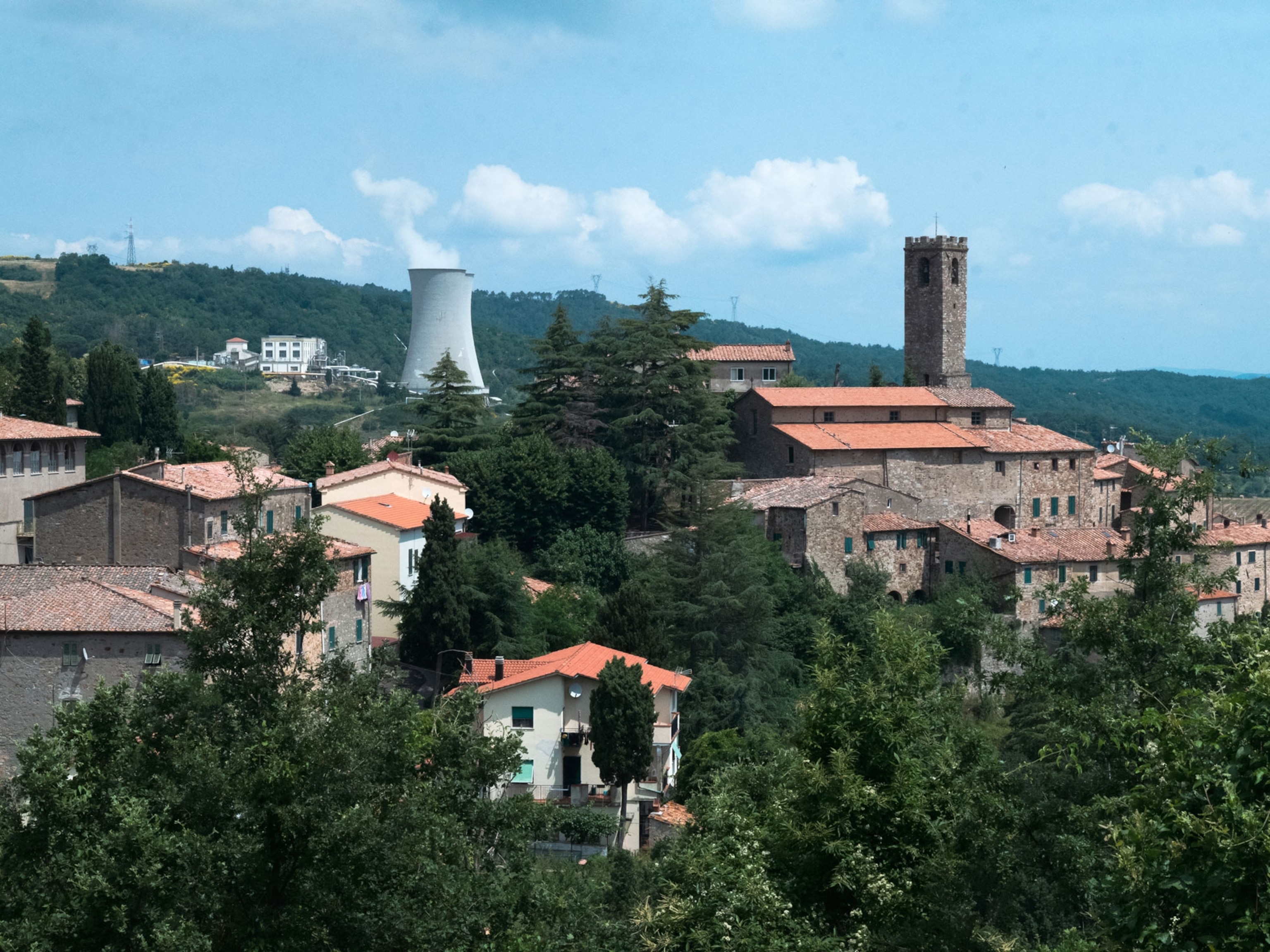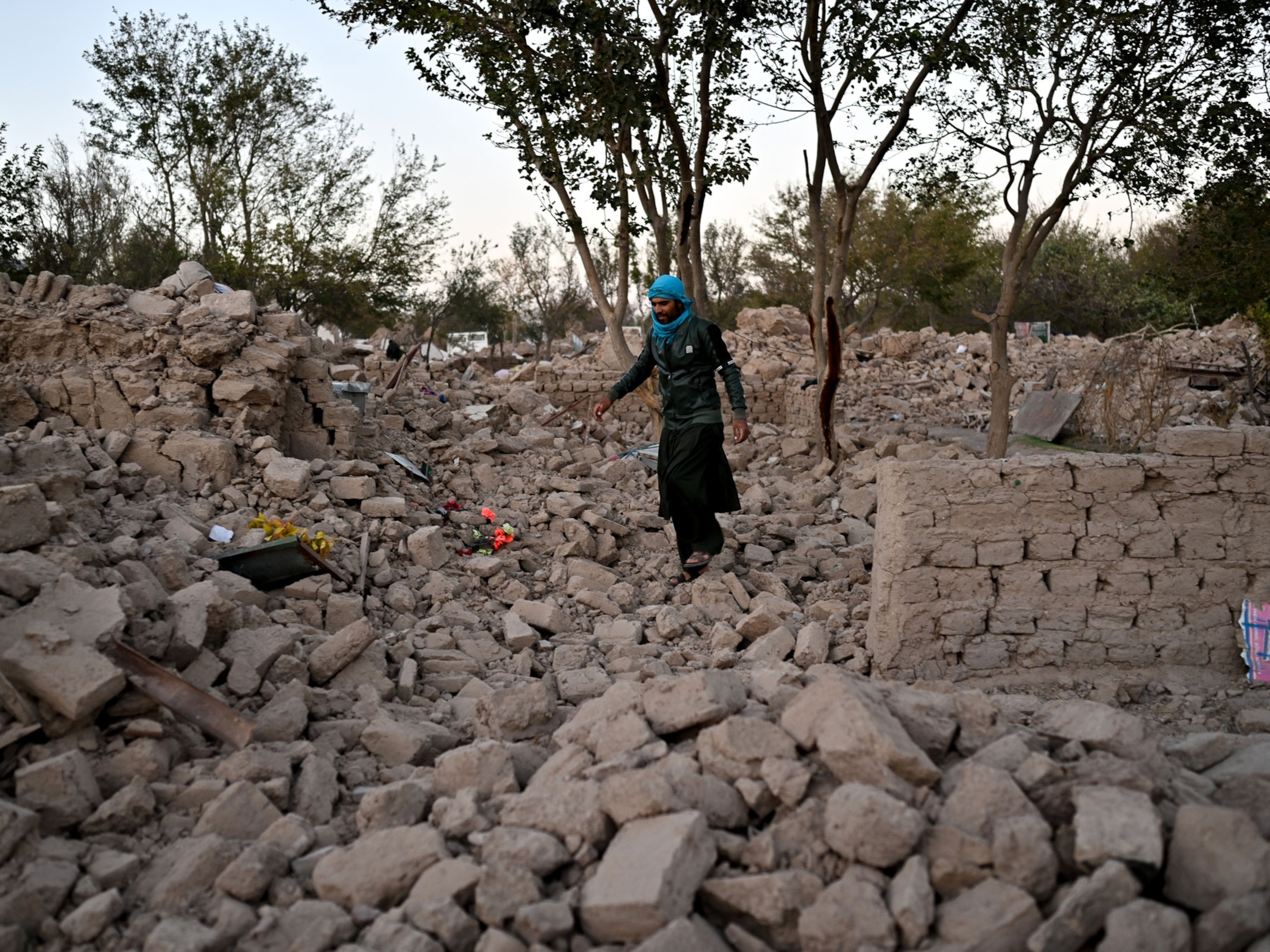
Geothermal Energy
These underground reservoirs of steam and hot water can be tapped to generate electricity or to heat and cool buildings directly.
Geothermal energy has been used for thousands of years in some countries for cooking and heating. It is simply power derived from the Earth’s internal heat.
This thermal energy is contained in the rock and fluids beneath Earth’s crust. It can be found from shallow ground to several miles below the surface, and even farther down to the extremely hot molten rock called magma.
How Is It Used?
These underground reservoirs of steam and hot water can be tapped to generate electricity or to heat and cool buildings directly.
A geothermal heat pump system can take advantage of the constant temperature of the upper ten feet (three meters) of the Earth’s surface to heat a home in the winter, while extracting heat from the building and transferring it back to the relatively cooler ground in the summer.
Geothermal water from deeper in the Earth can be used directly for heating homes and offices, or for growing plants in greenhouses. Some U.S. cities pipe geothermal hot water under roads and sidewalks to melt snow.
Production of Geothermal Energy
To produce geothermal-generated electricity, wells, sometimes a mile (1.6 kilometers) deep or more, are drilled into underground reservoirs to tap steam and very hot water that drive turbines linked to electricity generators. The first geothermally generated electricity was produced in Larderello, Italy, in 1904.
There are three types of geothermal power plants: dry steam, flash, and binary. Dry steam, the oldest geothermal technology, takes steam out of fractures in the ground and uses it to directly drive a turbine. Flash plants pull deep, high-pressure hot water into cooler, low-pressure water. The steam that results from this process is used to drive the turbine. In binary plants, the hot water is passed by a secondary fluid with a much lower boiling point than water. This causes the secondary fluid to turn to vapor, which then drives a turbine. Most geothermal power plants in the future will be binary plants.
Geothermal energy is generated in over 20 countries. The United States is the world’s largest producer, and the largest geothermal development in the world is The Geysers north of San Francisco in California. In Iceland, many of the buildings and even swimming pools are heated with geothermal hot water. Iceland has at least 25 active volcanoes and many hot springs and geysers.
Advantages and Disadvantages
There are many advantages of geothermal energy. It can be extracted without burning a fossil fuel such as coal, gas, or oil. Geothermal fields produce only about one-sixth of the carbon dioxide that a relatively clean natural-gas-fueled power plant produces. Binary plants release essentially no emissions. Unlike solar and wind energy, geothermal energy is always available, 365 days a year. It’s also relatively inexpensive; savings from direct use can be as much as 80 percent over fossil fuels.
But it has some environmental problems. The main concern is the release of hydrogen sulfide, a gas that smells like rotten egg at low concentrations. Another concern is the disposal of some geothermal fluids, which may contain low levels of toxic materials. Although geothermal sites are capable of providing heat for many decades, eventually specific locations may cool down.
Related Topics
You May Also Like
Go Further
Animals
- How can we protect grizzlies from their biggest threat—trains?How can we protect grizzlies from their biggest threat—trains?
- This ‘saber-toothed’ salmon wasn’t quite what we thoughtThis ‘saber-toothed’ salmon wasn’t quite what we thought
- Why this rhino-zebra friendship makes perfect senseWhy this rhino-zebra friendship makes perfect sense
- When did bioluminescence evolve? It’s older than we thought.When did bioluminescence evolve? It’s older than we thought.
- Soy, skim … spider. Are any of these technically milk?Soy, skim … spider. Are any of these technically milk?
Environment
- Are the Great Lakes the key to solving America’s emissions conundrum?Are the Great Lakes the key to solving America’s emissions conundrum?
- The world’s historic sites face climate change. Can Petra lead the way?The world’s historic sites face climate change. Can Petra lead the way?
- This pristine piece of the Amazon shows nature’s resilienceThis pristine piece of the Amazon shows nature’s resilience
- Listen to 30 years of climate change transformed into haunting musicListen to 30 years of climate change transformed into haunting music
History & Culture
- Meet the original members of the tortured poets departmentMeet the original members of the tortured poets department
- Séances at the White House? Why these first ladies turned to the occultSéances at the White House? Why these first ladies turned to the occult
- Gambling is everywhere now. When is that a problem?Gambling is everywhere now. When is that a problem?
- Beauty is pain—at least it was in 17th-century SpainBeauty is pain—at least it was in 17th-century Spain
Science
- Here's how astronomers found one of the rarest phenomenons in spaceHere's how astronomers found one of the rarest phenomenons in space
- Not an extrovert or introvert? There’s a word for that.Not an extrovert or introvert? There’s a word for that.
- NASA has a plan to clean up space junk—but is going green enough?NASA has a plan to clean up space junk—but is going green enough?
- Soy, skim … spider. Are any of these technically milk?Soy, skim … spider. Are any of these technically milk?
Travel
- Dina Macki on Omani cuisine and Zanzibari flavoursDina Macki on Omani cuisine and Zanzibari flavours
- How to see Mexico's Baja California beyond the beachesHow to see Mexico's Baja California beyond the beaches
- Could Mexico's Chepe Express be the ultimate slow rail adventure?Could Mexico's Chepe Express be the ultimate slow rail adventure?




